Olympus DSX1000 Microscope a Contact Angle Goniometer.
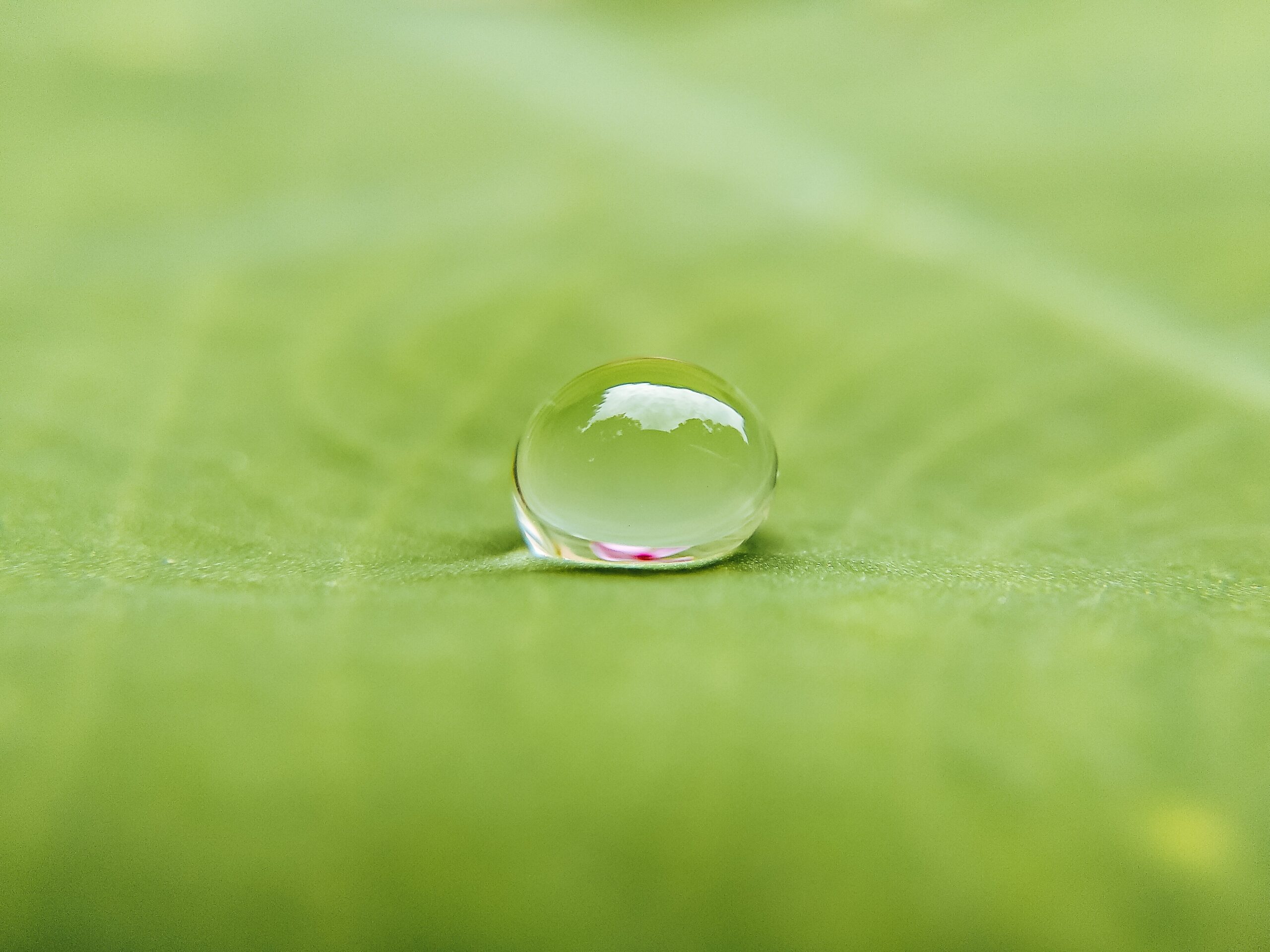
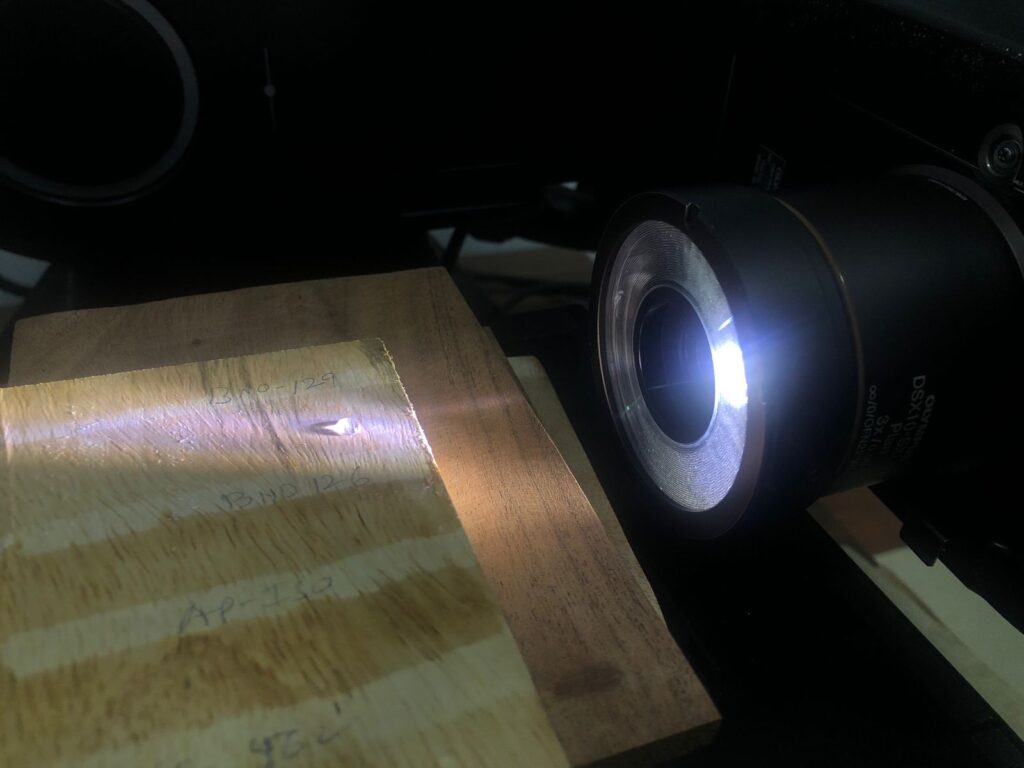
The contact angle is the angle, conventionally measured through the liquid, where a liquid–vapor interface meets a solid surface. A given system of solid, liquid, and vapor at a given temperature and pressure has a unique equilibrium contact angle. The equilibrium contact angle reflects the relative strength of the liquid, solid, and vapour molecular interaction.
Industries that benefit from contact angle measurement
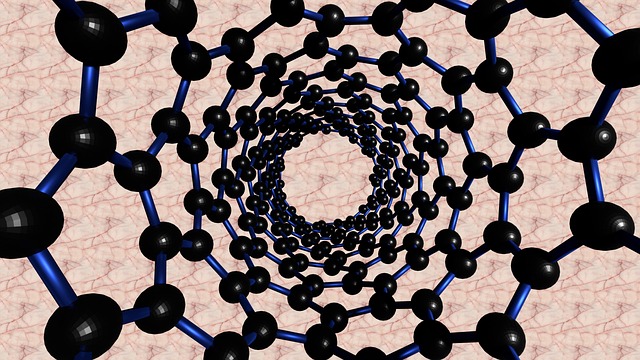
Nanotechnology
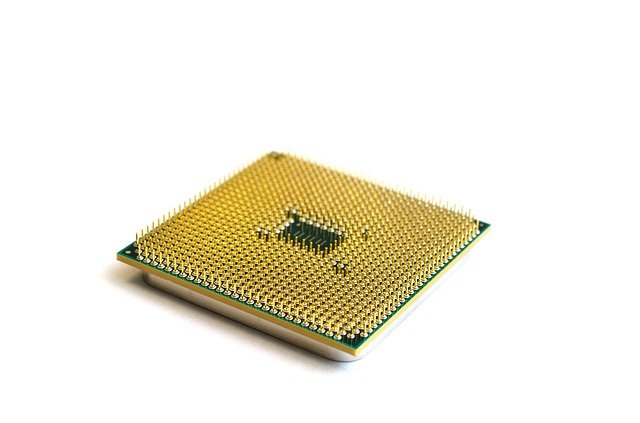
Semiconductors
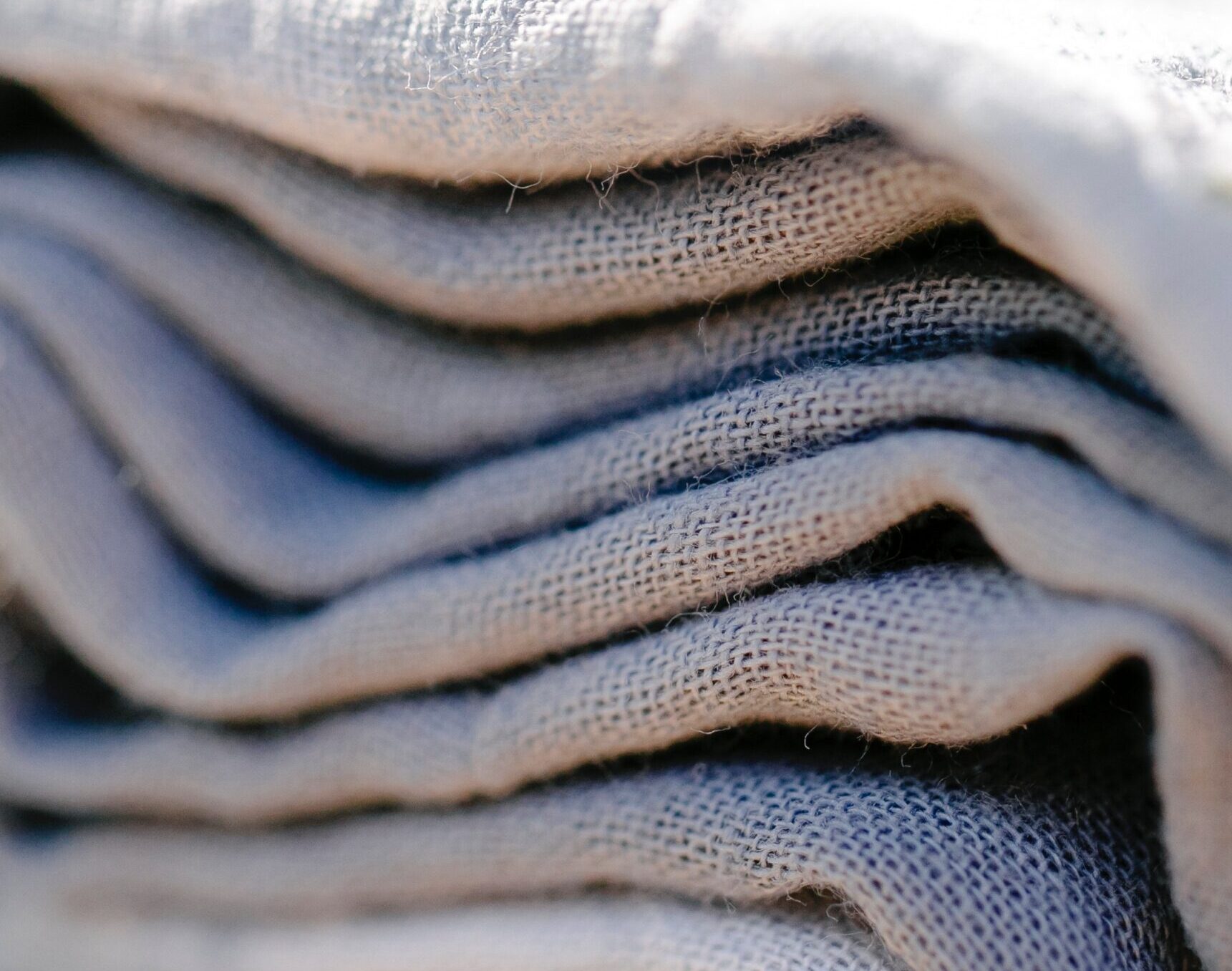
Textile & Fiber
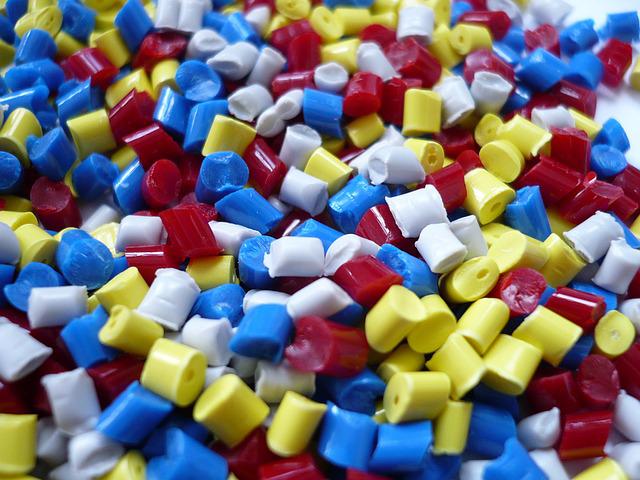
Polymers and Plastics
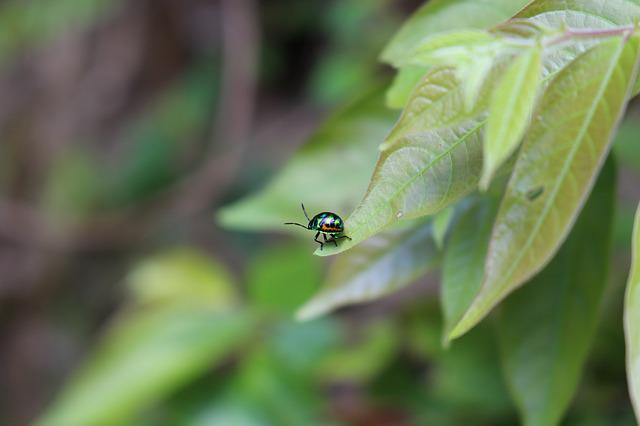
Insecticides
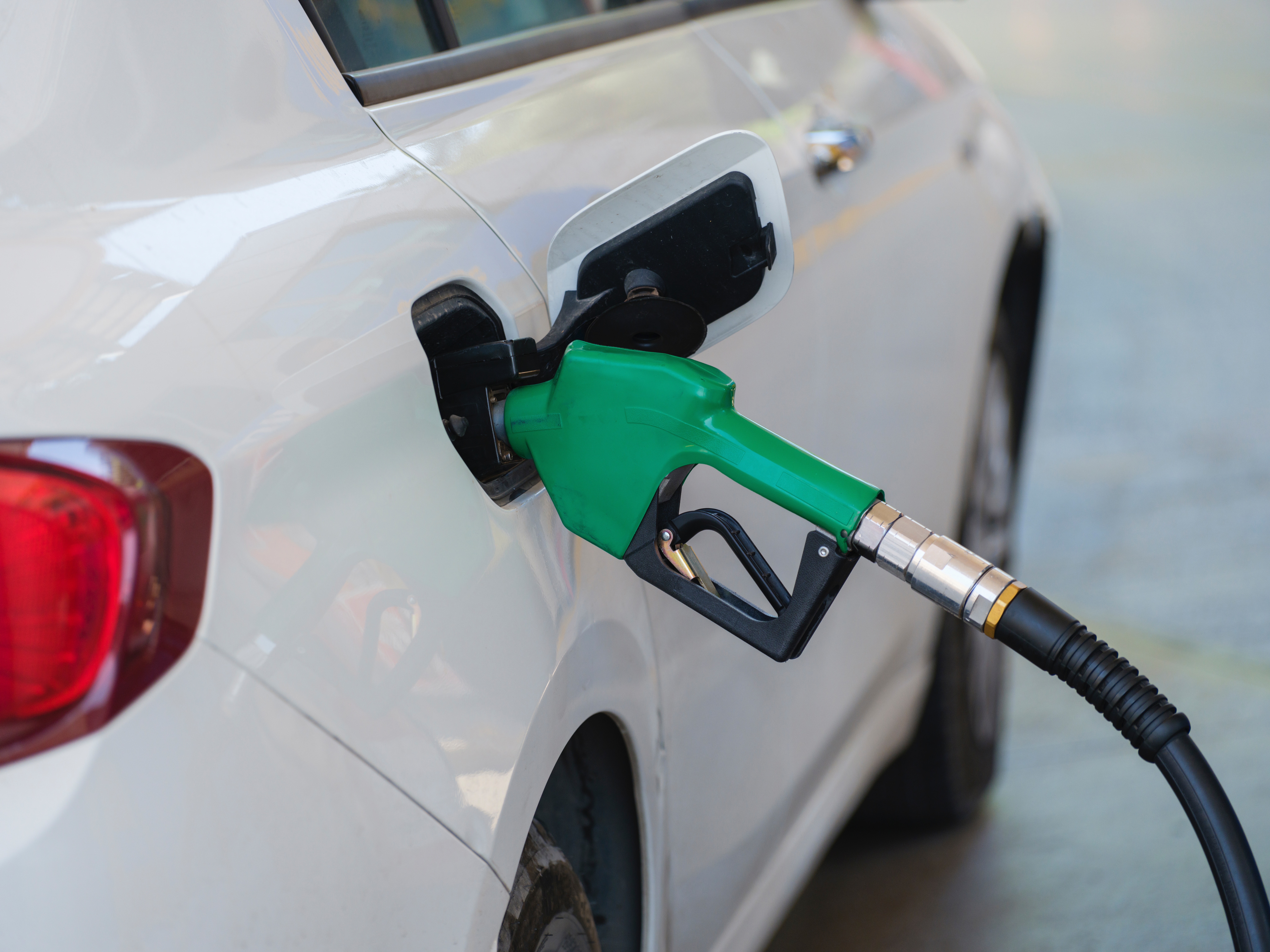
Oil and Petroleum
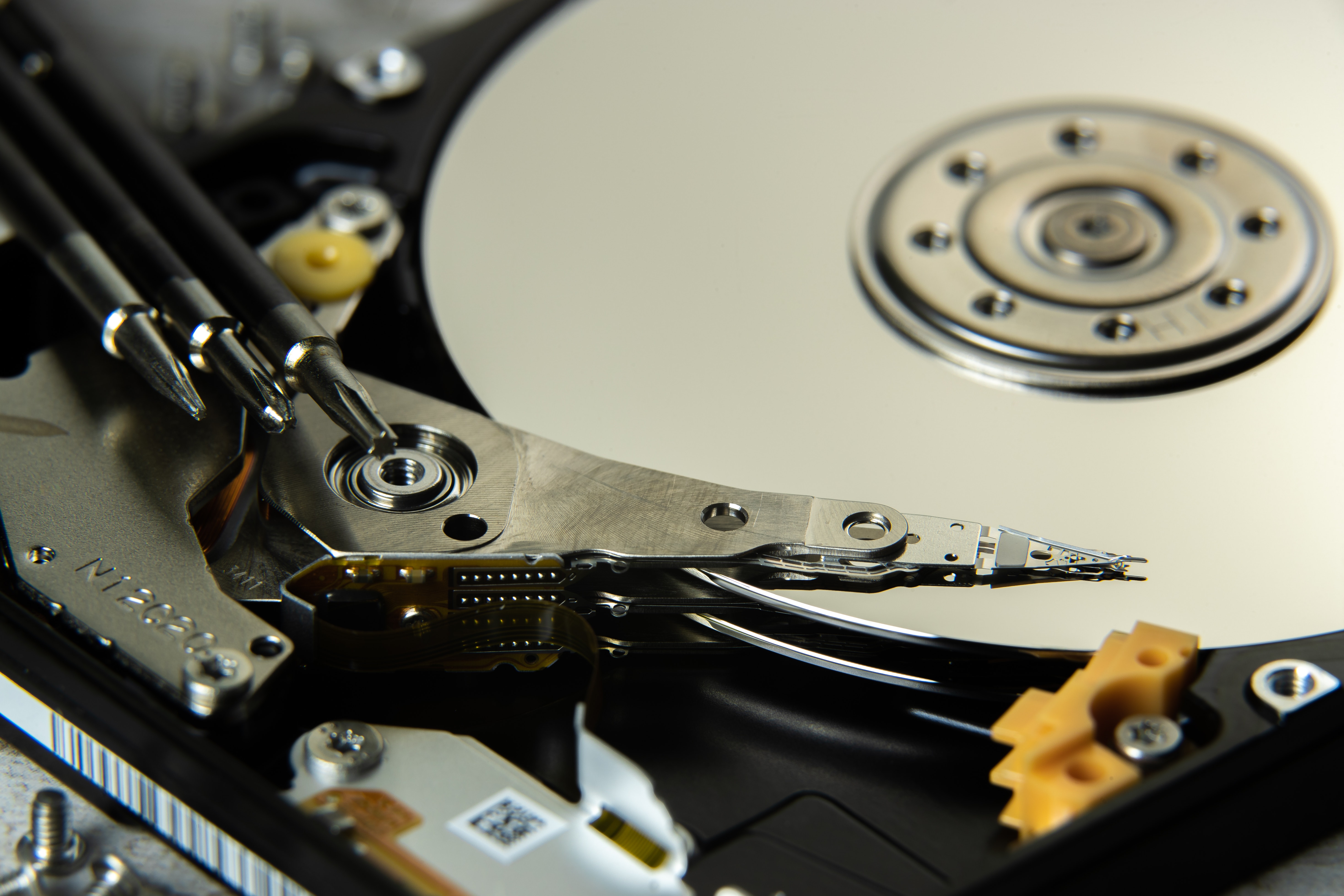
Hard Disk Drives
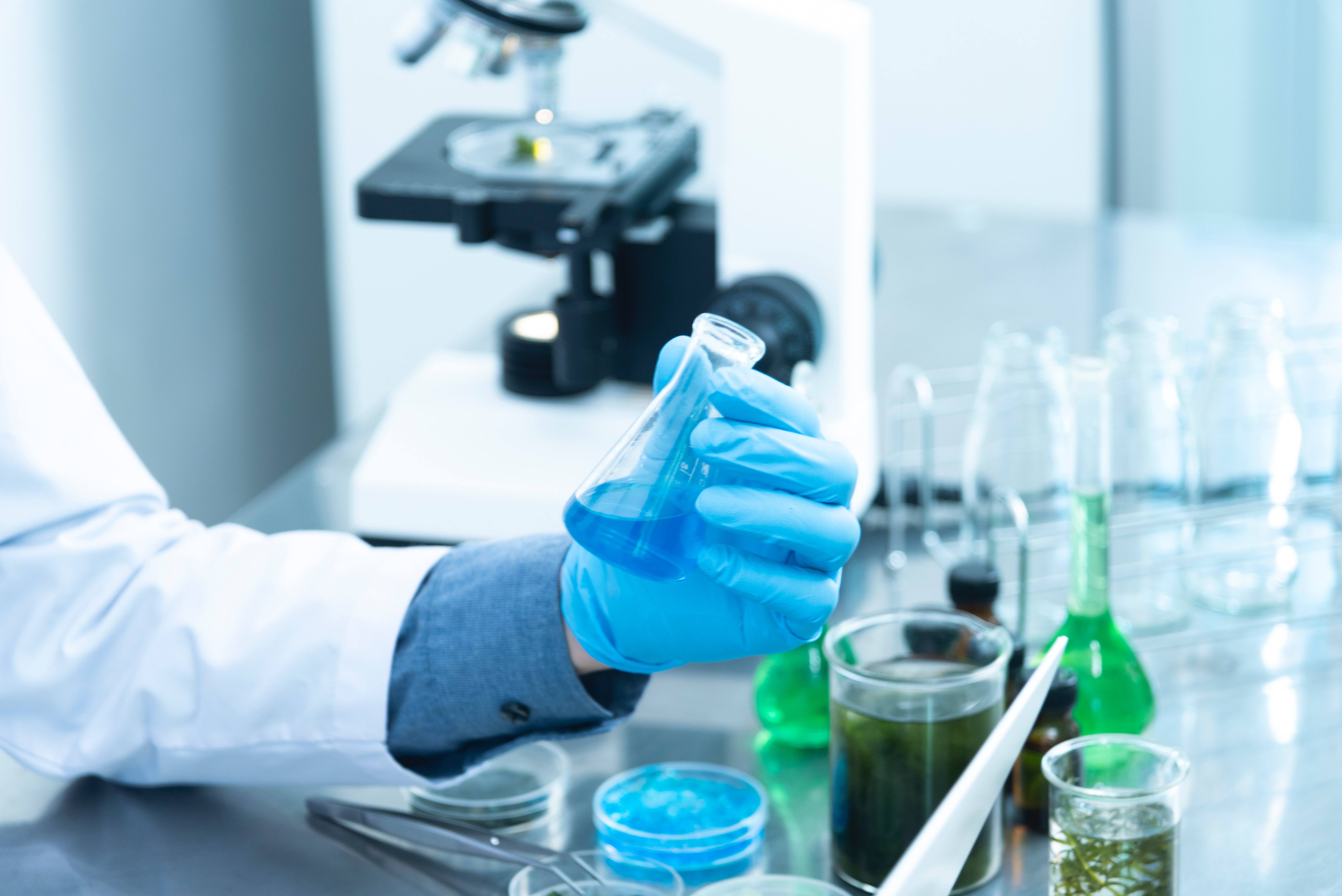
Polymers and Plastics
Young’s equation is used to describe the interplay of the forces of cohesion and adhesion and to calculate surface energy.
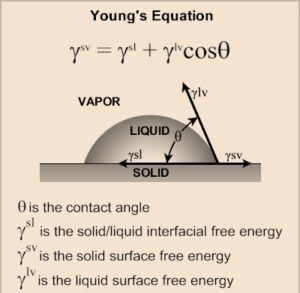
A drop with a contact angle greater than 90 degrees is hydrophobic. This situation is characterised by poor wetting, weak adhesiveness, and a low solid surface free energy. A hydrophilic drop has a modest contact angle. This state indicates improved wetting, adhesiveness, and surface energy.
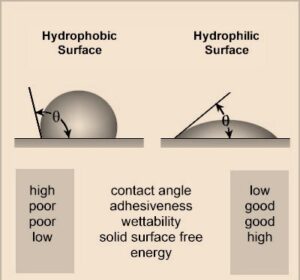
Types of Contact Angle Measurements
Static Contact Angle
This is perhaps the most popular measurement method. A single reading on a static sessile drop soon after it was created. When the three phases of solid, liquid, and gas establish thermodynamic equilibrium, a static contact angle is captured.
The static contact angle gives useful information about the surface’s qualities. The static contact angle can be measured using any ramé-hart equipment.
Contact angle is frequently used to assess cleanliness. Organic pollutants inhibit wetting and increase contact angles on hydrophilic surfaces. Contact angle normally decreases as wetting improves and surface energy increases as a surface is cleansed and treated to eliminate impurities.
Contact angle is frequently used to assess cleanliness. Organic pollutants inhibit wetting and increase contact angles on hydrophilic surfaces. Contact angle normally decreases as wetting improves and surface energy increases as a surface is cleansed and treated to eliminate impurities.
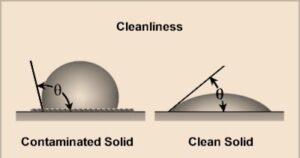
The static contact angle can also be affected by surface roughness. See our September 2010 Newsletter for further information about roughness.
A dynamic contact angle measurement is any contact angle measured on a moving drop. This includes, but is not limited to, tilting plate contact angle measurements, volume addition and subtraction, and time-dependent research.
Time-dependant Dynamic Studies
Researchers frequently monitor the contact angle over time to investigate the effects of absorption, evaporation, and more unusual phenomena such as the Cassie to Wenzel transitional states. Other time-dependent research examine how contact angle changes over time as environmental conditions (such as temperature and humidity) change. In some circumstances, the drop is altered by the addition of a chemical that increases or decreases surface tension.
Many scholars have been studying the Cassie and Wenzel states in recent years in order to better comprehend superhydrophobicity. In a Cassie state, a drop lies on top of asperities, with air gaps beneath it, as depicted in the image below.
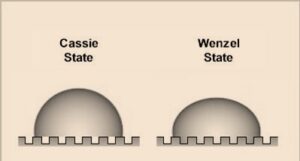
Tilting Plate Method
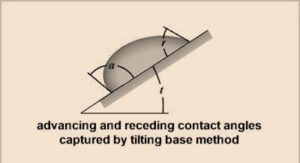
The tilting plate method captures the contact angles measurements on both the left and right sides of a sessile drop while the solid surface is being inclined typically from 0° to 90°. As the surface is inclined, gravity causes the contact angle on the downhill side to increase.
OLYMPUS DSX1000 DIGITAL MICROSCOPE EXPLORES CONTACT ANGLE
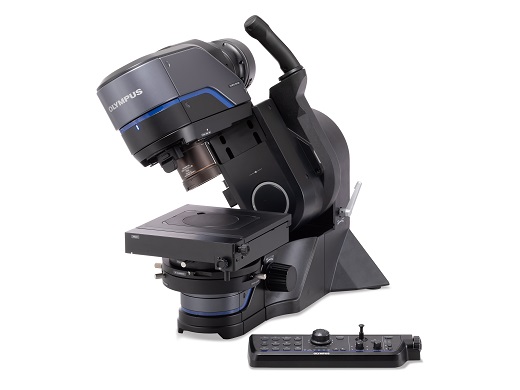
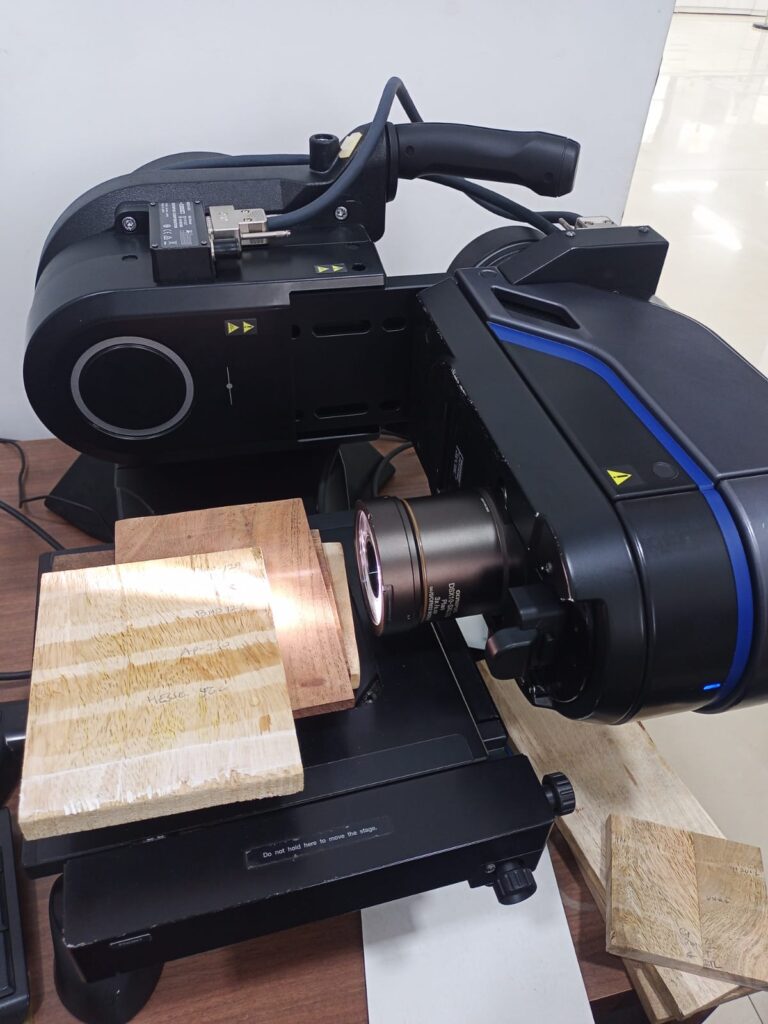

Investigate the contact angle of a wooden surface with coatings.
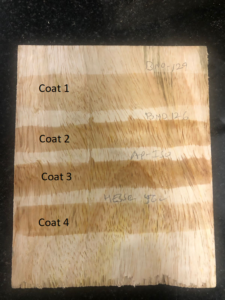
The contact angle of water on various coatings was measured using an Olympus DSX1000 microscope tilt frame with a 3x objective.
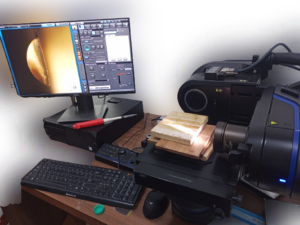
DSx1000 powerful software allow easy measurement of contact angle and surface roughness. Here we are focusing on contact angle.
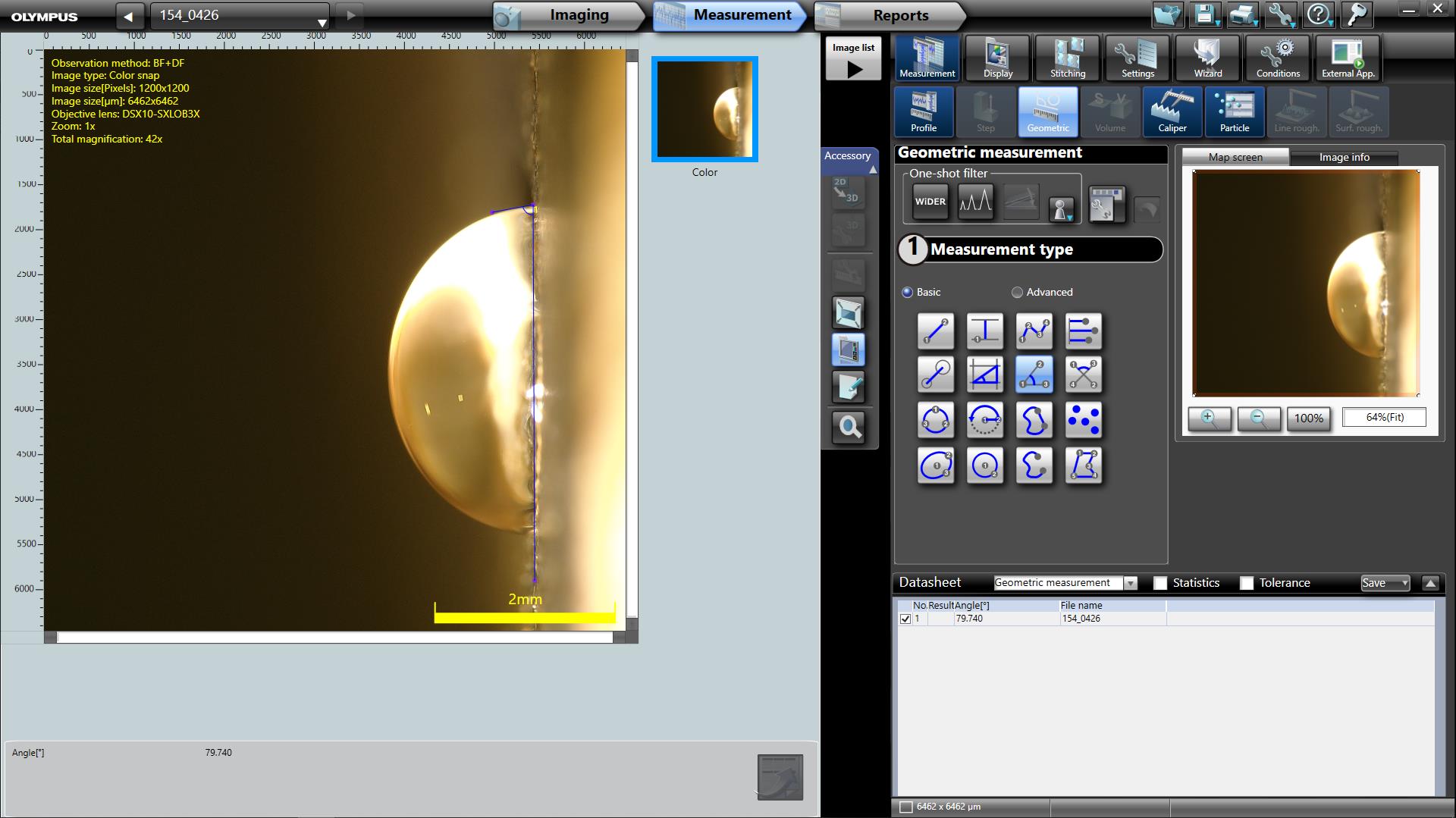
Measurement of contact as follows.


We can deduce from the above results that the contact angle values change depending on the coating, which reflects the relative strength of the liquid, solid, and vapour molecular interactions.
We also investigated the contact angle on raw mango wood and the contact angle after coating.

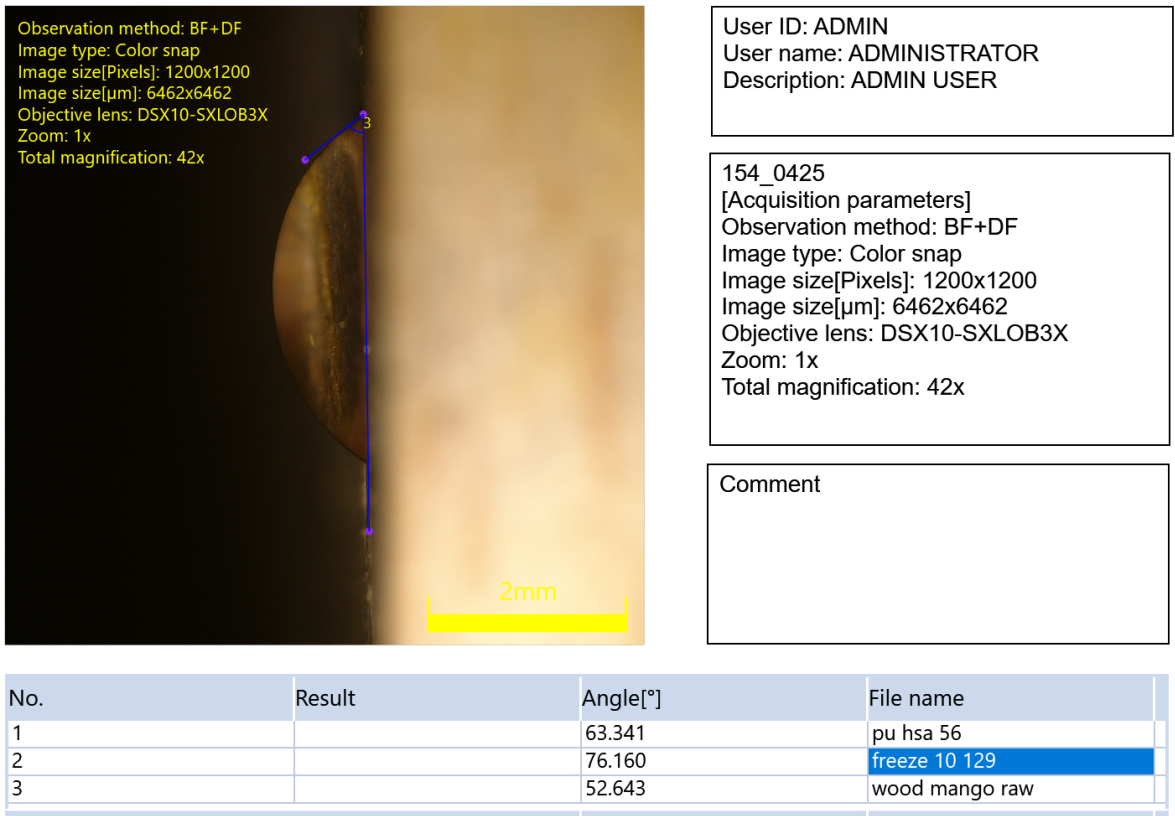

Surface Roughness
Olympus DsX1000 microscope is also capable of measuring surface roughness of wood before and after coating.
Ra and Sa parameters are evaluate from 3d image captured by the microscope.
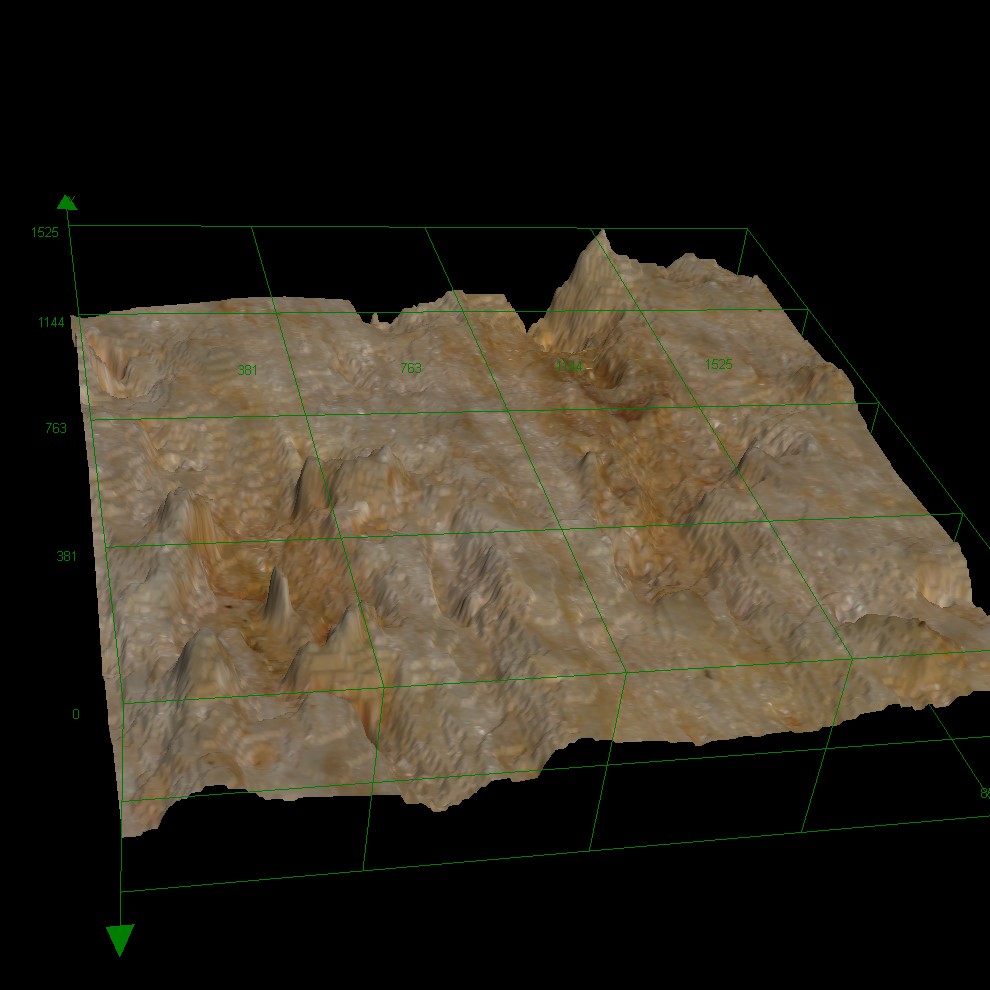
Please feel free to connect with us to know more and share us your samples
We would extend our thanks to “Mr. Saurabh Kothari” from “Sansui Paints” for his contribution.
Author- Gyanesh Singh Application Specialist at IR Technology Services Pvt. Ltd Passionate about Microscopy for Micro and Nanostructures. Gyanesh has over 10 years of experience in demonstration and serving application of various techniques to potential clients and enjoys learning new sophisticated scientific technology for Material Science and Life Science.
